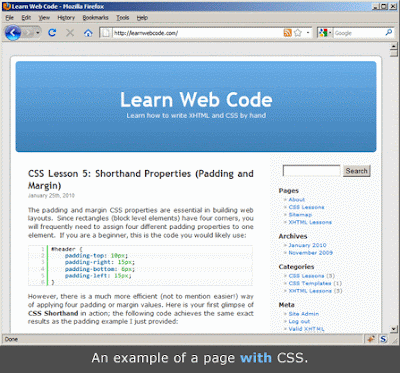CES Is the Global Stage for Innovation
CES is the world's gathering place for all those who thrive on the business of consumer technologies. It has served as the proving ground for innovators and breakthrough technologies for 50 years — the global stage where next-generation innovations are introduced to the marketplace.
Owned and produced by the Consumer Technology Association (CTA), it attracts the world's business leaders and pioneering thinkers.
About CES:
CES showcases more than 4,500 exhibiting companies, including manufacturers, developers and suppliers of consumer technology hardware, content, technology delivery systems and more; a conference program with more than 250 conference sessions and more than 180K attendees from 150 countries.
And because it is owned and produced by the Consumer Technology Association (CTA)™ — the technology trade association representing the $292 billion U.S. consumer technology industry — it attracts the world’s business leaders and pioneering thinkers to a forum where the industry’s most relevant issues are addressed.
Product Categories and Marketplaces that you can find in CES 2019:
- 3D Printing
- Accessibility
- Advertising, Marketing, Content and Entertainment
- AR/VR and Gaming
- Artificial Intelligence and Robotics
- Audio and Video
- Baby Tech
- CES Sports Zone
- Country Pavilions
- Design & Source Showcase
- Digital Money
- Drones
- Enterprise Solutions
- Eureka Park
- Family and Kids Tech
- Fitness
- Health and Wellness
- High-Tech Retailing
- Home Cinema
- IoT Infrastructure
- iProducts
- Resilience
- Self-Driving Technology
- Sleep Tech
- Smart Cities
- Smart Home
- Sports Tech
- Tourism
- Vehicle Technology
- Wearables
- Wireless Devices and Services
World-Changing Innovations Announced at CES:
The first CES took place in New York City in June 1967. Since then, thousands of products have been announced at the yearly show, including many that have transformed our lives.
- Videocassette Recorder (VCR), 1970
- Laserdisc Player, 1974
- Camcorder and Compact Disc Player, 1981
- Digital Audio Technology, 1990
- Compact Disc - Interactive, 1991
- Digital Satellite System (DSS), 1994
- Digital Versatile Disk (DVD), 1996
- High Definition Television (HDTV), 1998
- Hard-disc VCR (PVR), 1999
- Satellite Radio, 2000
- Microsoft Xbox and Plasma TV, 2001
- Home Media Server, 2002
- Blu-Ray DVD and HDTV PVR, 2003
- HD Radio, 2004
- IP TV, 2005
- Convergence of content and technology, 2007
- OLED TV, 2008
- 3D HDTV, 2009
- Tablets, Netbooks and Android Devices, 2010
- Connected TV, Smart Appliances, Android Honeycomb, Ford’s Electric Focus, Motorola Atrix, Microsoft Avatar Kinect, 2011
- Ultrabooks, 3D OLED, Android 4.0 Tablets, 2012
- Ultra HDTV, Flexible OLED, Driverless Car Technology, 2013
- 3D Printers, Sensor Technology, Curved UHD, Wearable Technologies, 2014
- 4K UHD, Virtual Reality, Unmanned Systems, 2015
SO What kind of Surprises and innovation CES 2019 Will Bring Us!!!
Future Show Dates :
Jan. 8-11, 2019 (Tuesday-Friday
Jan. 7-10, 2020 (Tuesday-Friday)
Jan. 6-9, 2021 (Wednesday-Saturday)
Jan. 5-8, 2022 (Wednesday-Saturday)
Follow The Lastest News at Ces 2019 App And Media Below:
source: CES

















